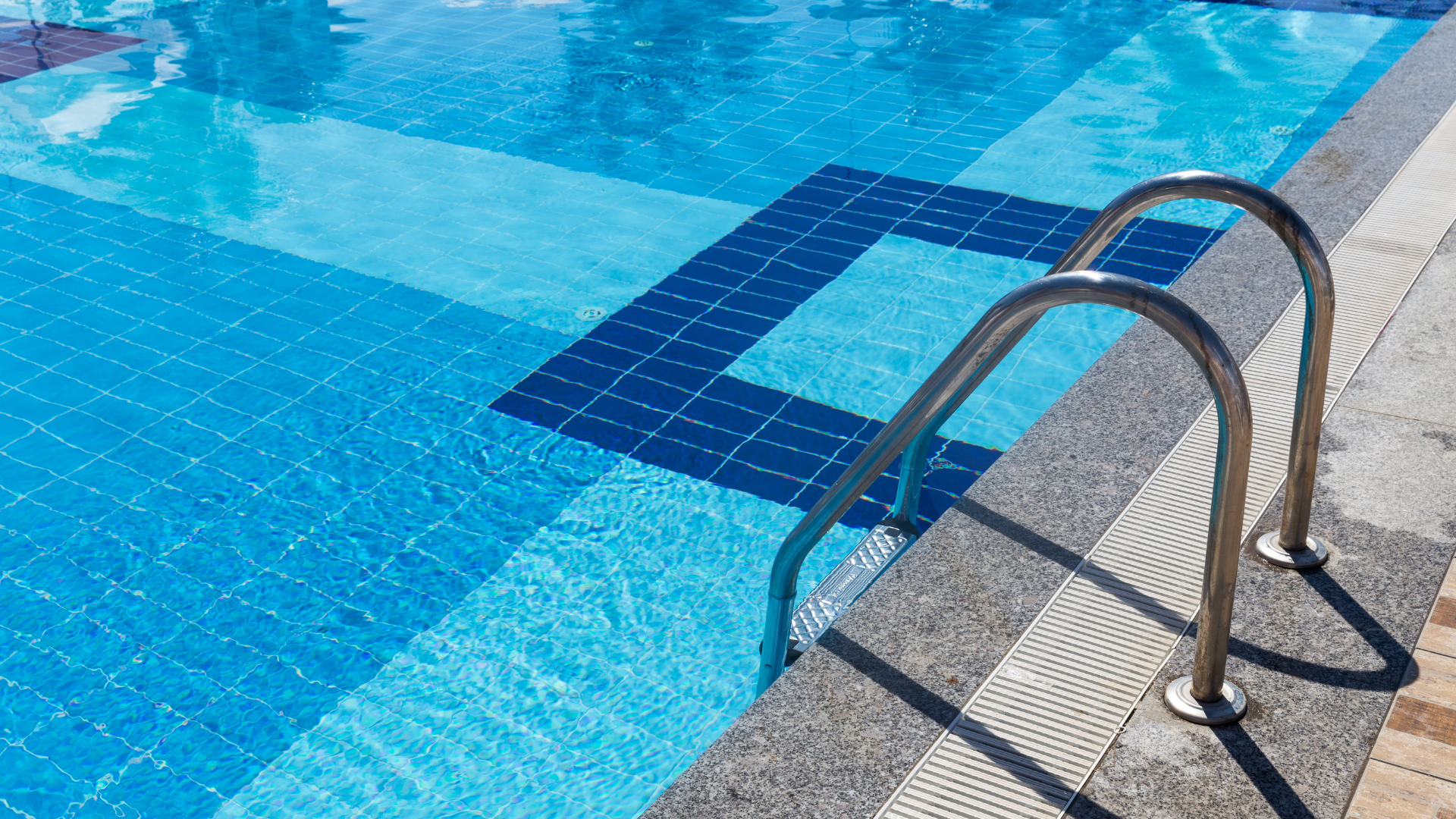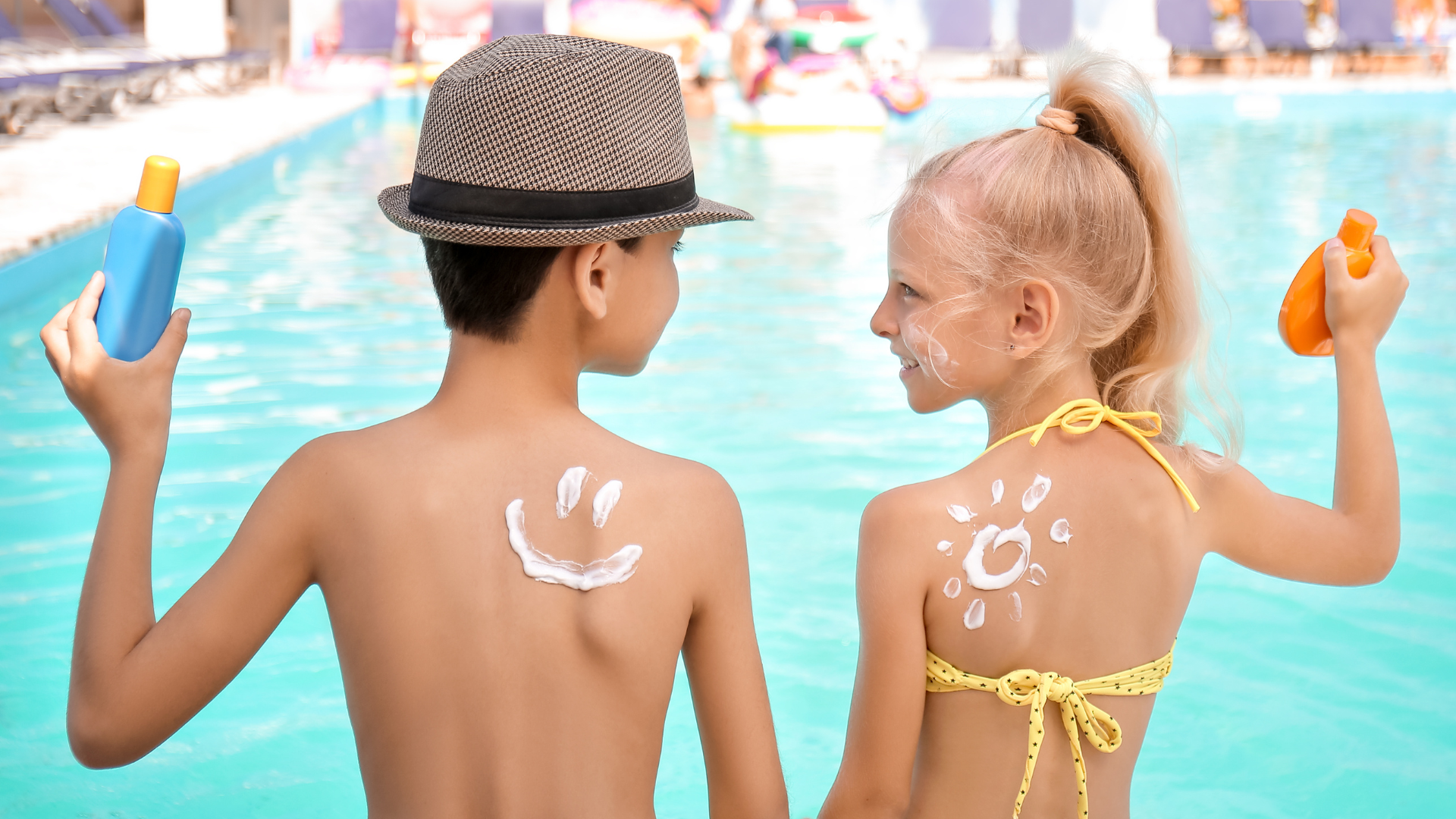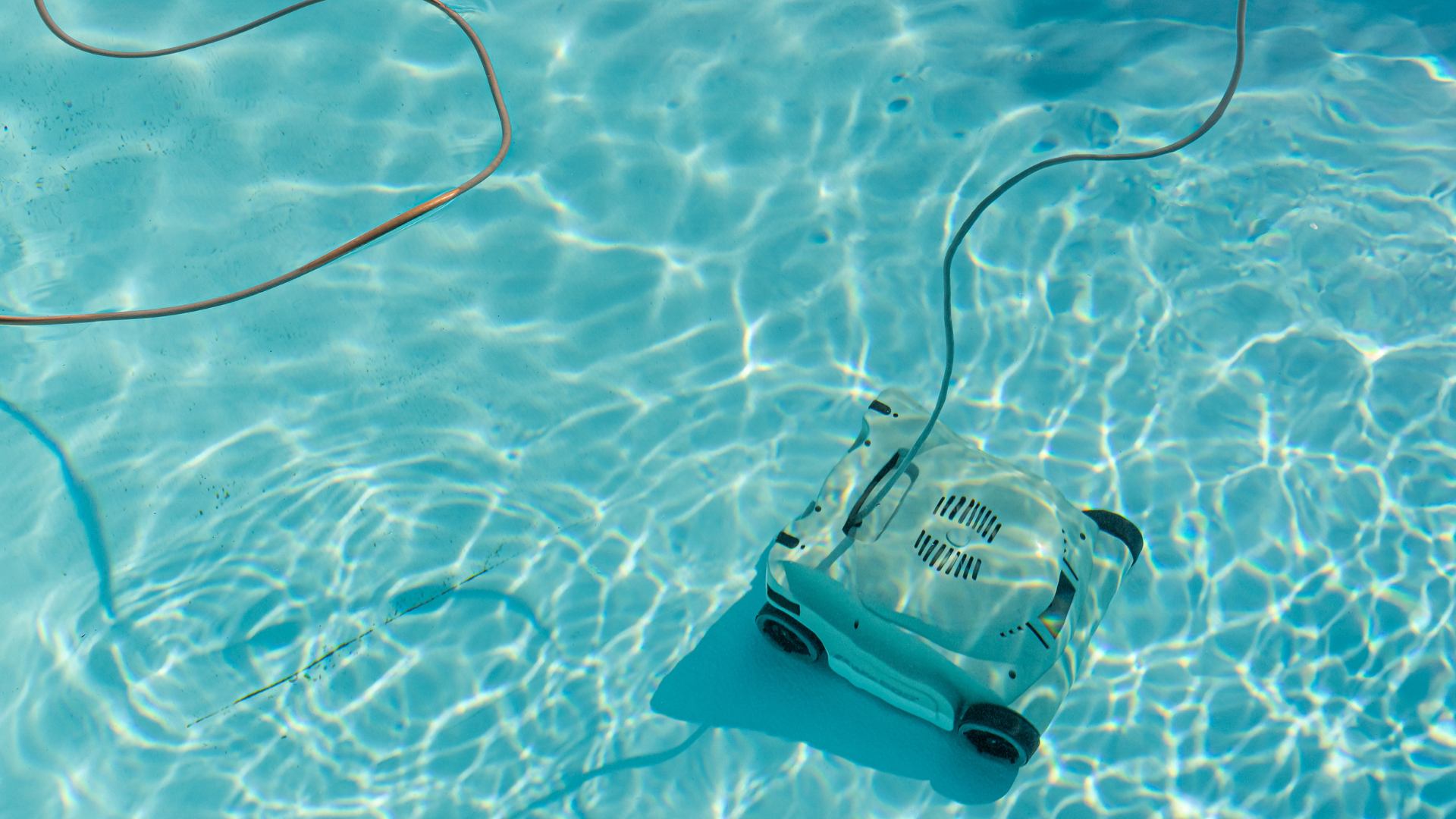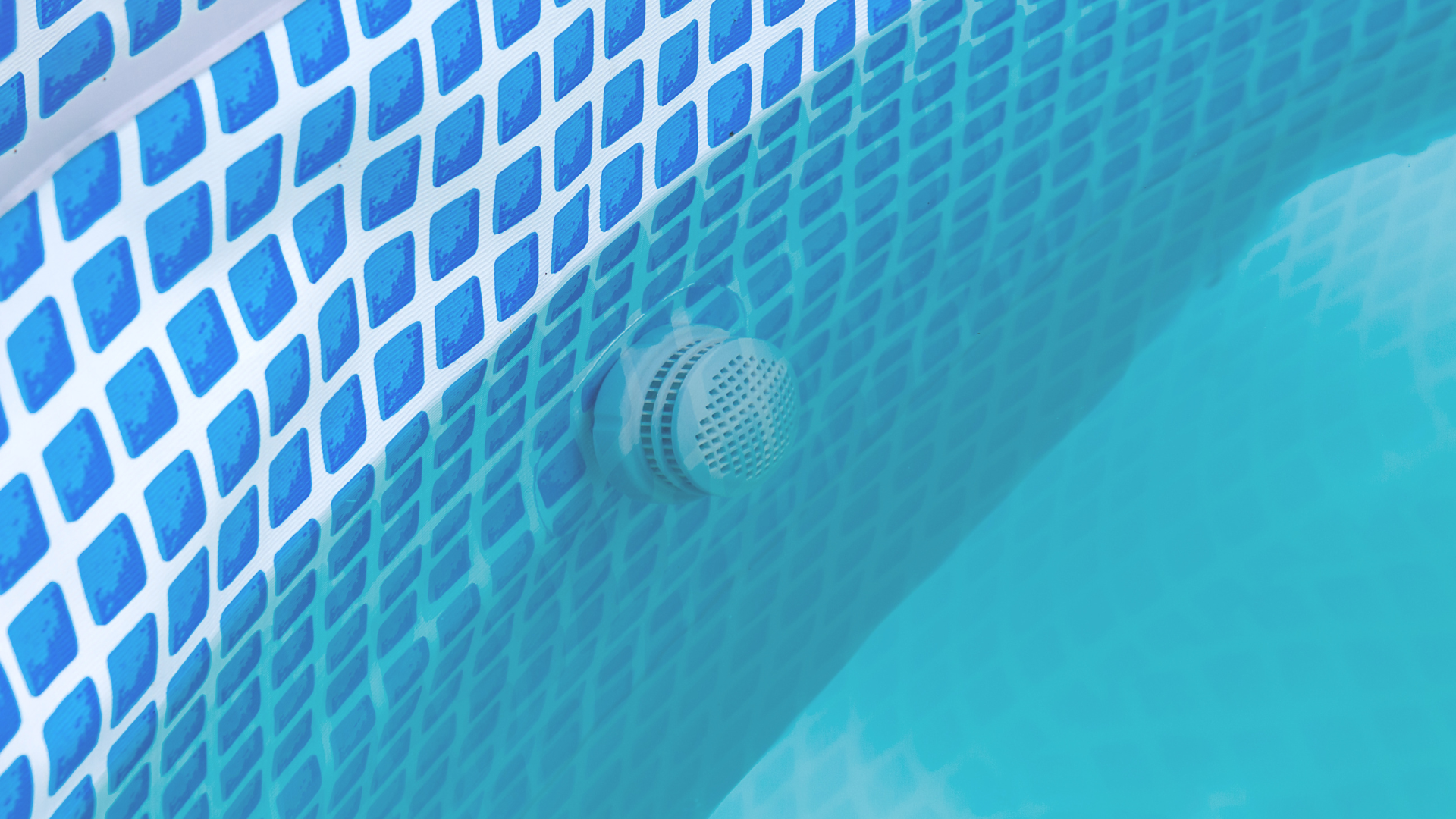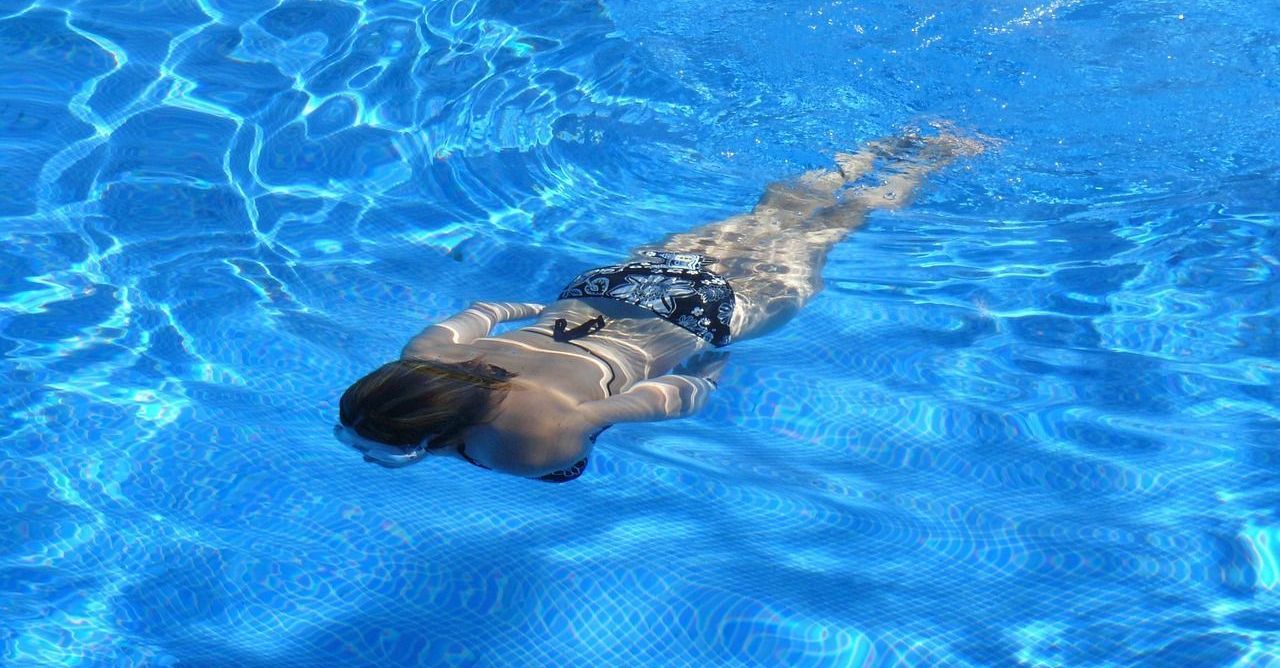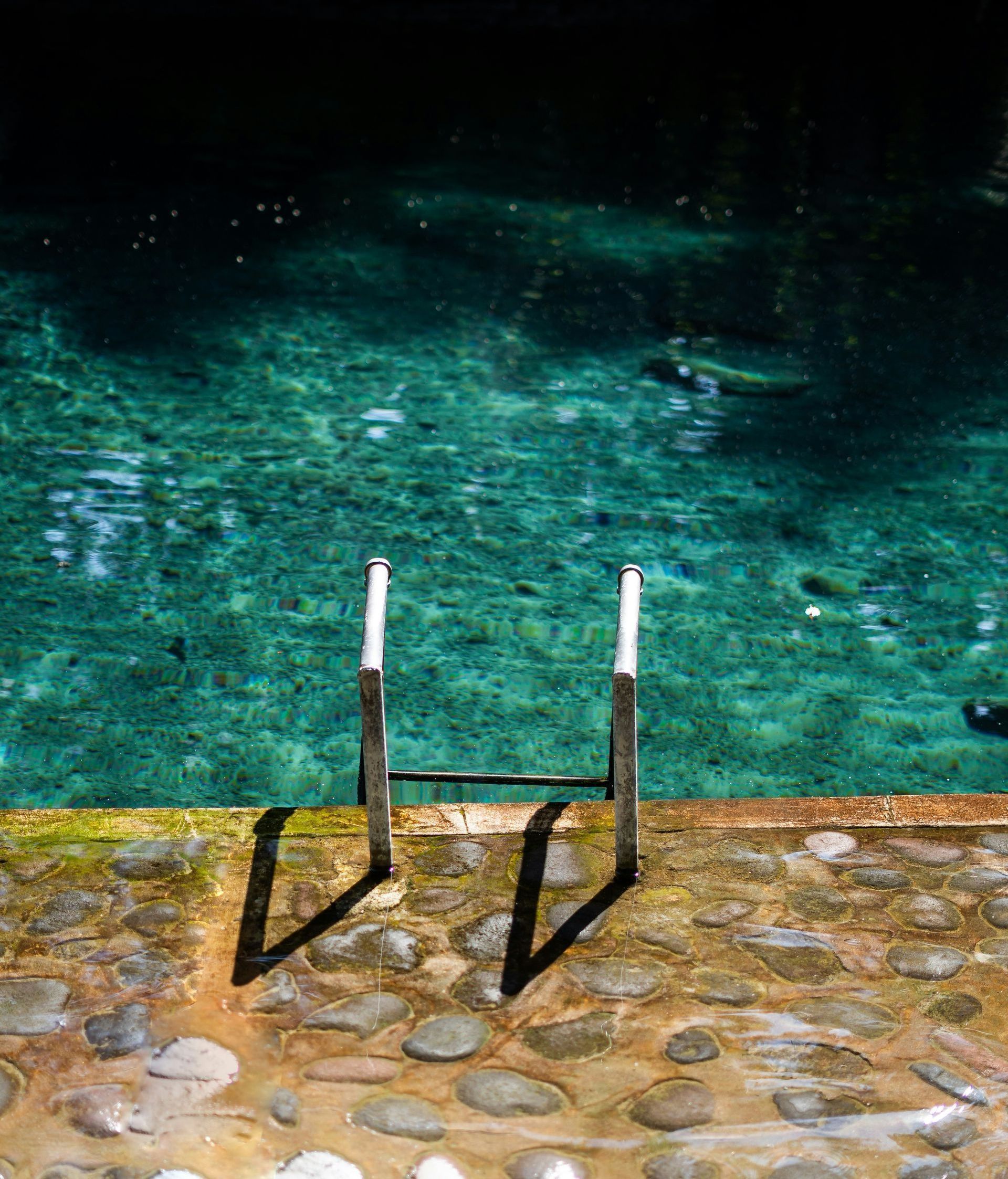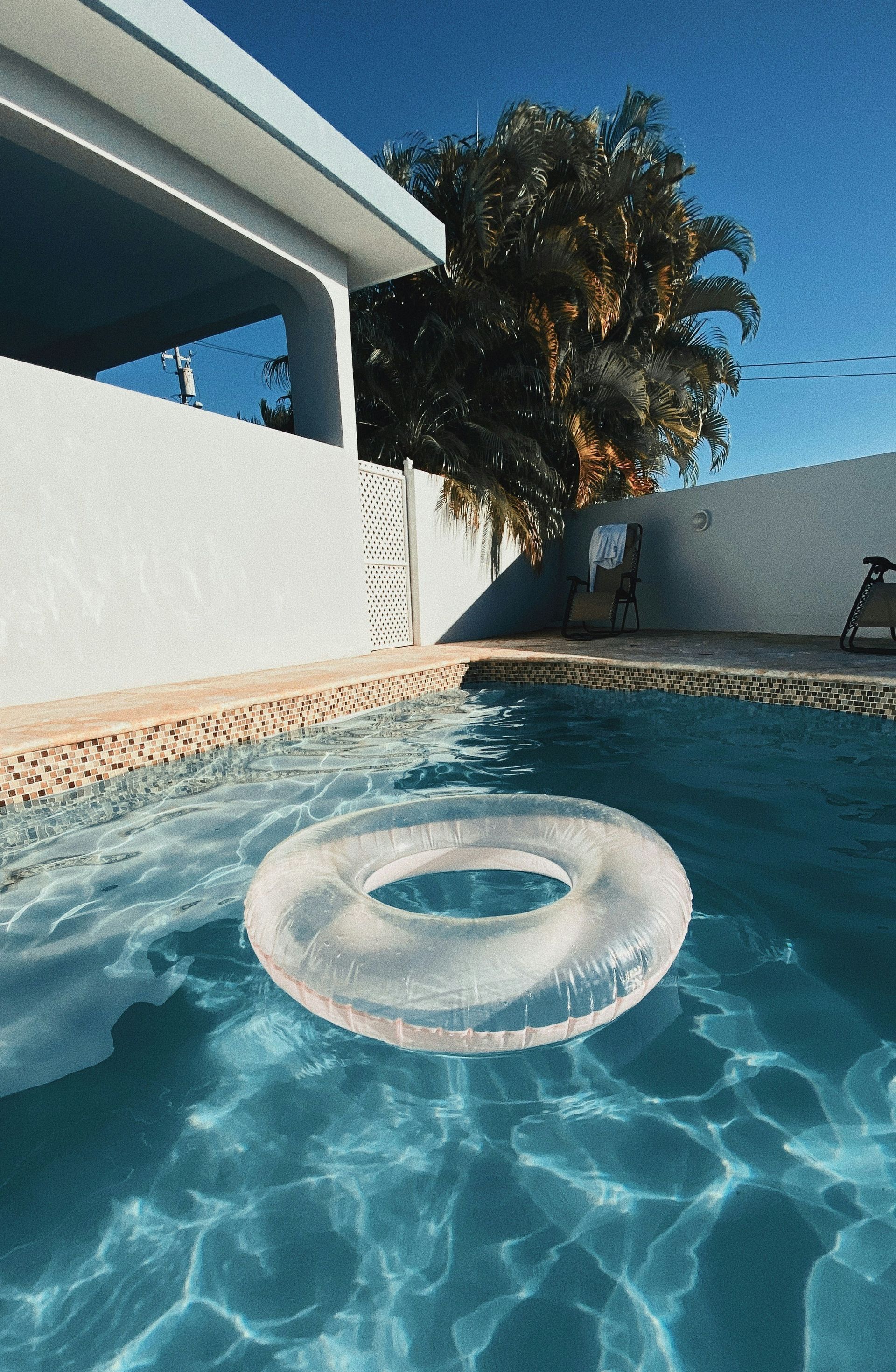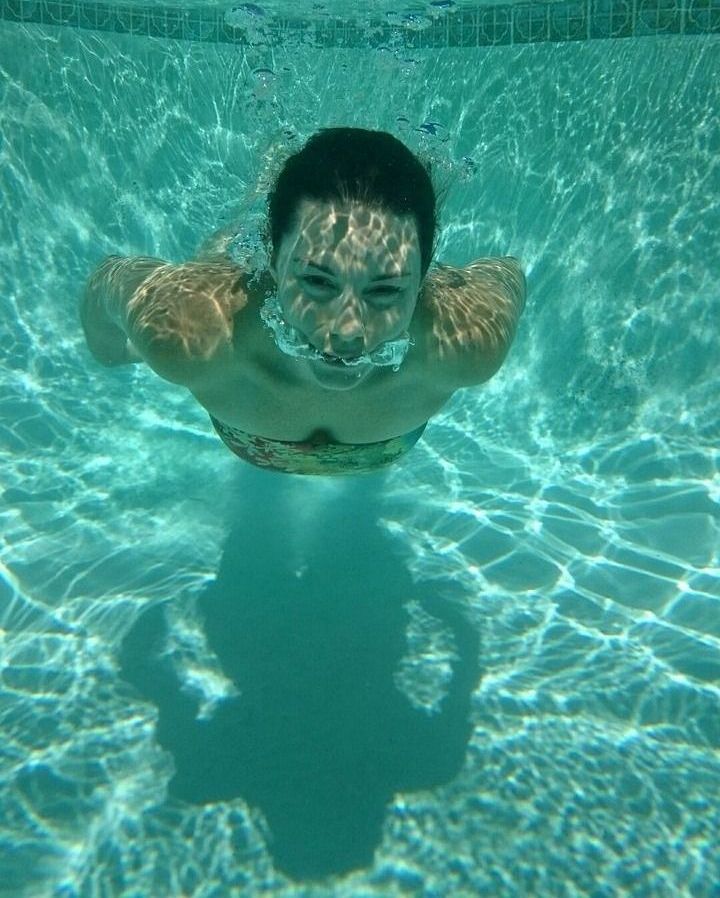How to Prevent Algae Blooms During Hot, Humid Summers
Algae Prevention in Peak Season
Summer in the Hudson Valley brings everything you want from pool season: warm days, longer evenings, and plenty of time to relax and recharge. But it also brings one of the most persistent threats to water clarity—algae blooms.
Algae thrive in warm, humid conditions—exactly what summer in New York delivers. Once it takes hold in your pool, algae can turn water cloudy, green, or even black, clog your filtration system, and throw your pool chemistry into chaos. But with the right approach, algae can be prevented before it ever has a chance to bloom.
At The Pool Chemist, we help homeowners stay ahead of algae outbreaks with proven, consistent care. Here’s what you need to know about preventing algae during the peak of New York’s swimming season.
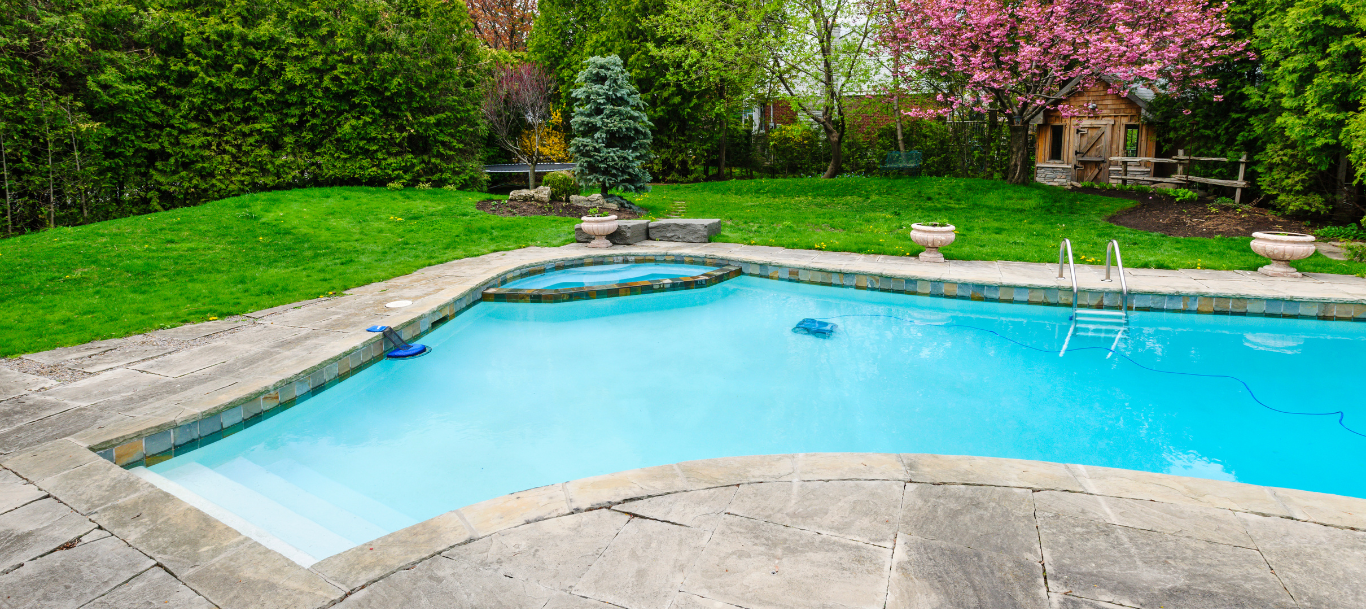
Why Algae Is More Active in Humid Weather
Algae are microscopic plant organisms that multiply rapidly when the conditions are right. In the Hudson Valley, heat combined with high humidity creates the perfect environment. Add to that:
- Sunlight exposure
- Warm, stagnant water
- Organic material from trees or bathers
- Inconsistent sanitizer levels
…and your pool becomes a target.
Algae can appear as green film on surfaces, floating particles, yellow discoloration in shady spots, or black spots embedded in plaster. Once visible, it takes aggressive treatment to remove—but it is much easier to prevent.
Step 1: Keep Your Sanitizer Levels Consistent
Chlorine is your pool’s primary defense against algae. But during summer, chlorine levels can fluctuate more rapidly due to:
- Sunlight breaking it down
- Heavy pool usage introducing oils and organic contaminants
- Rainfall diluting chemical concentrations
To prevent algae:
- Test chlorine levels 2–3 times per week (or more during high usage)
- Maintain a free chlorine level of 2–4 ppm
- Shock the pool regularly, especially after heavy use or rain
Relying on tablets alone may not be enough—especially during a heatwave. A professional service plan ensures chlorine levels stay where they need to be.
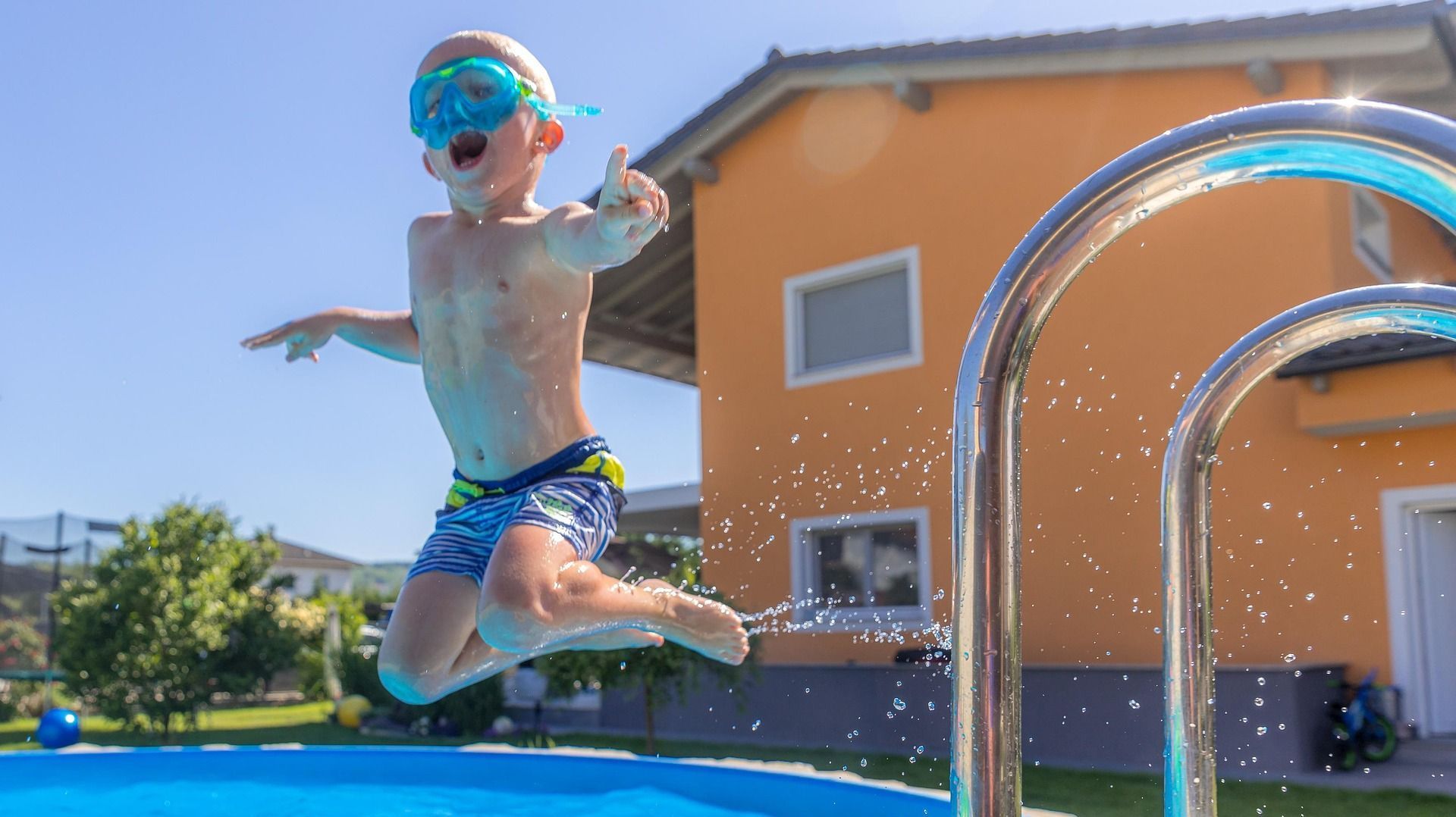
Step 2: Watch Your Circulation and Filtration
Algae flourishes in still water. Dead zones—corners of the pool where water does not circulate properly—are common hiding spots. If circulation is poor, sanitizer will not reach all areas of the pool.
Check for:
- Weak return jets
- Dirty filters
- Debris blocking skimmers or baskets
- Infrequent run times on your pump
We recommend running your filtration system 8 to 12 hours per day during peak season. At The Pool Chemist, we inspect your system regularly to make sure your water is turning over and staying clean.
Step 3: Brush and Skim Regularly
Algae often starts on pool walls or floors before it becomes visible in the water. Regular brushing removes microscopic spores before they anchor. Likewise, skimming removes debris that can feed algae growth as it decays.
Even pools that “look clean” benefit from routine brushing and debris removal—especially during pollen season or after storms.

Step 4: Maintain Balanced Water Chemistry
Chlorine effectiveness depends on other chemical levels in the water. If your pH is too high or cyanuric acid (CYA) is too low, chlorine will burn off faster and become less effective. If phosphates are present, they can feed algae even when chlorine is present.
We monitor:
- pH (ideal range: 7.4–7.6)
- Alkalinity (80–120 ppm)
- CYA/Stabilizer (30–50 ppm)
- Calcium hardness and phosphates
At The Pool Chemist, we use professional-grade testing and real-time adjustments to keep water chemistry in range and algae-resistant.

Step 5: Plan for the Unexpected
Summer storms, heatwaves, pool parties—these can all create sudden changes in your pool chemistry. The best defense is a proactive service schedule and rapid response when conditions shift.
We provide weekly visits that include:
- Water testing and balancing
- Filter inspection and backwashing
- Surface brushing and debris removal
- Algae monitoring and shock treatment when needed
Stay Ahead of the Bloom
Algae is not just a nuisance—it is a symptom of a pool that has fallen out of balance. In New York’s humid summer climate, it can appear fast and take over faster. But with the right steps, you can keep your pool sparkling, swim-ready, and algae-free all season long.
If you want expert help maintaining your pool or recovering from a
bloom, The Pool Chemist is ready. Let us handle the chemistry—so you can enjoy your summer without surprises.

